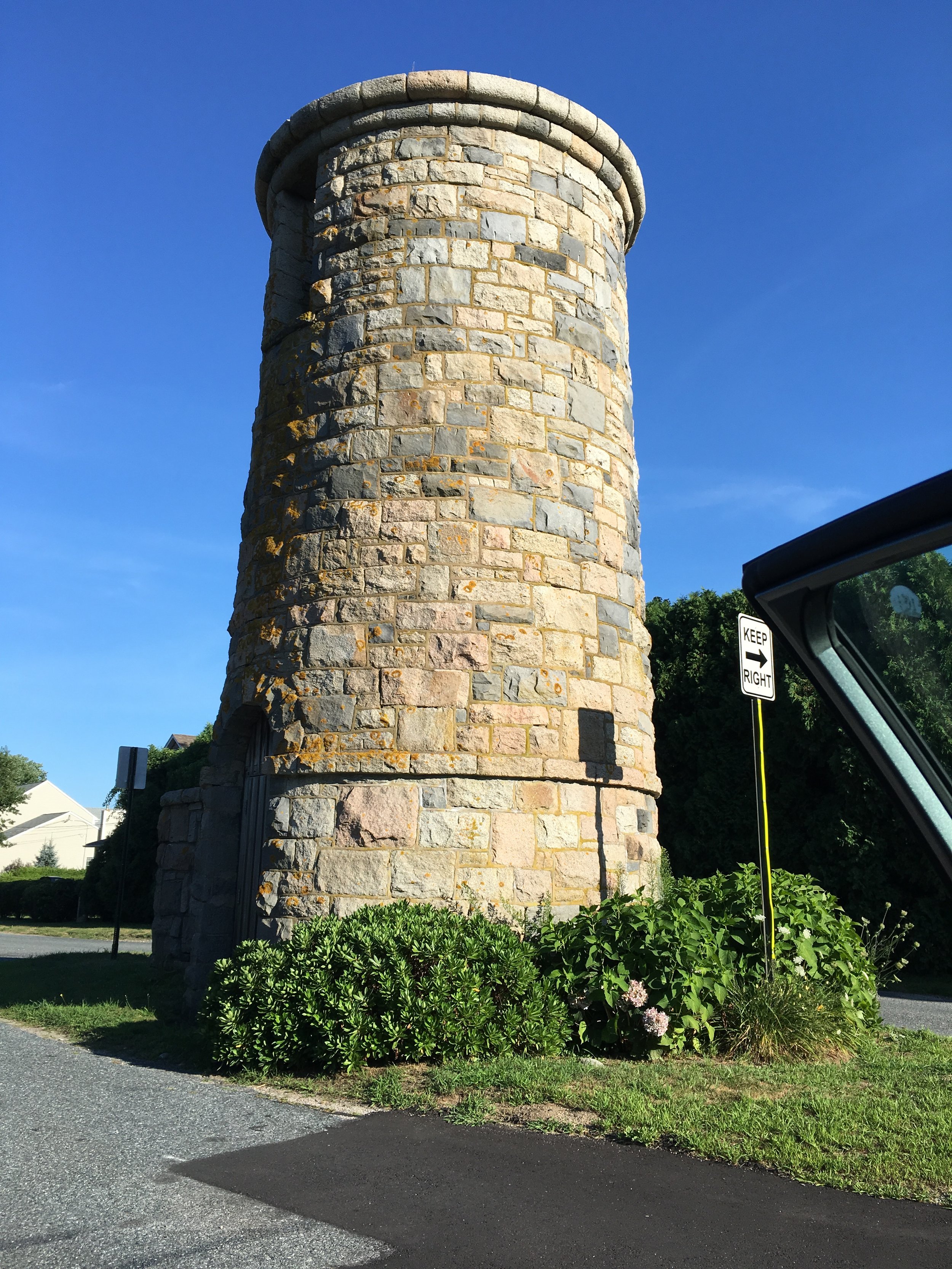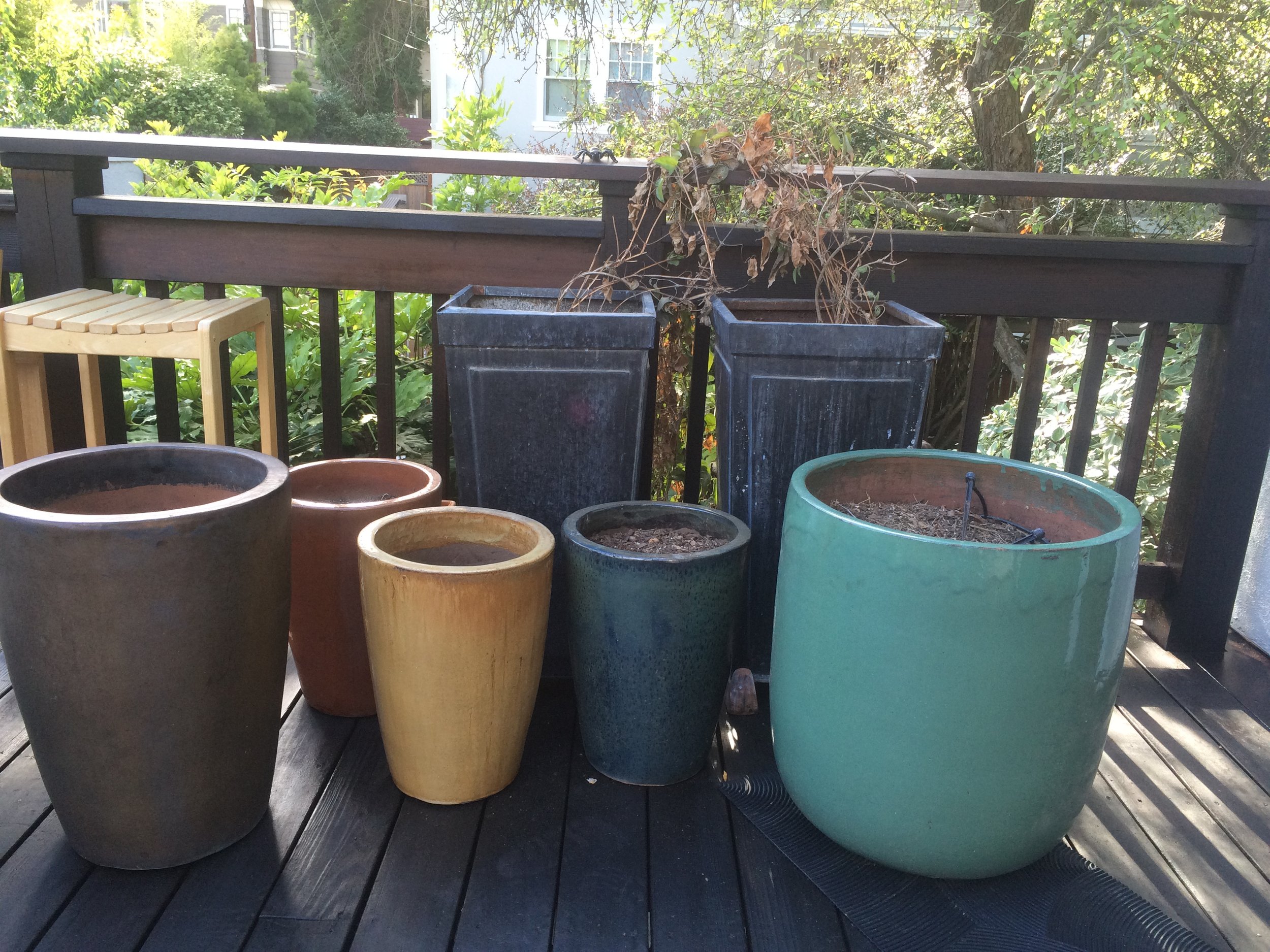This is such a pretty grass! I have one that I got from Annies Annuals. Devil Mountain has it listed as Rhynchelytrum nerviglumis but I have only seen it as Melinus nerviglumis. It’s not exactly low water but I really love the soft pink plumes.
From San Marcos Growers site:
Melinis nerviglumis (Ruby Grass) - A small semi-evergreen cool-season grass from S. Africa that forms a tidy 1 foot tall clump. It has blue-green foliage that turns purplish-red in the fall and showy pink flowers that rise a foot above the foliage in the spring and summer with spent flowers still attractive into winter. Best in full sun with regular water in a well-drained soil but tolerates considerable periods without irrigation and near seaside conditions. Is hardy to around 20° F and perennial in gardens in USDA Zones 8 and above but useful as an annual in colder climates. Cut back in fall to midwinter to allow fresh new foliage to emerge in early spring. A very attractive grass massed or scattered in a border planting or as a container specimen. This grass is called "one of the showiest of the small flowering grasses" by John Greenlee in his "Encyclopedia of Flowering Grasses". Ruby Grass is native to large areas of Africa south of the Sahara and also in Madagascar. There are several interpretations for the entomology of the genus name. One thought is that it is derived from the Greek 'melas' meaning "black" for its black seeds but another thought is that it is from the Latin 'mel' meaning honey for the sweet aroma some species have. The specific epithet is in reference to the veins on the glume (flower bracts). We have grown this plant since 1997 and early on used its older name Rhynchelytrum neriglume. This same plant is marketed under the names 'Pink Crystals' and 'Savannah' and besides Ruby Grass is commonly called Bristle-leaved Red Top. It should not be confused with the related Melinis repens that has naturalized in disturbed sites along the California coast.













































































































































